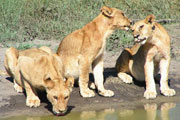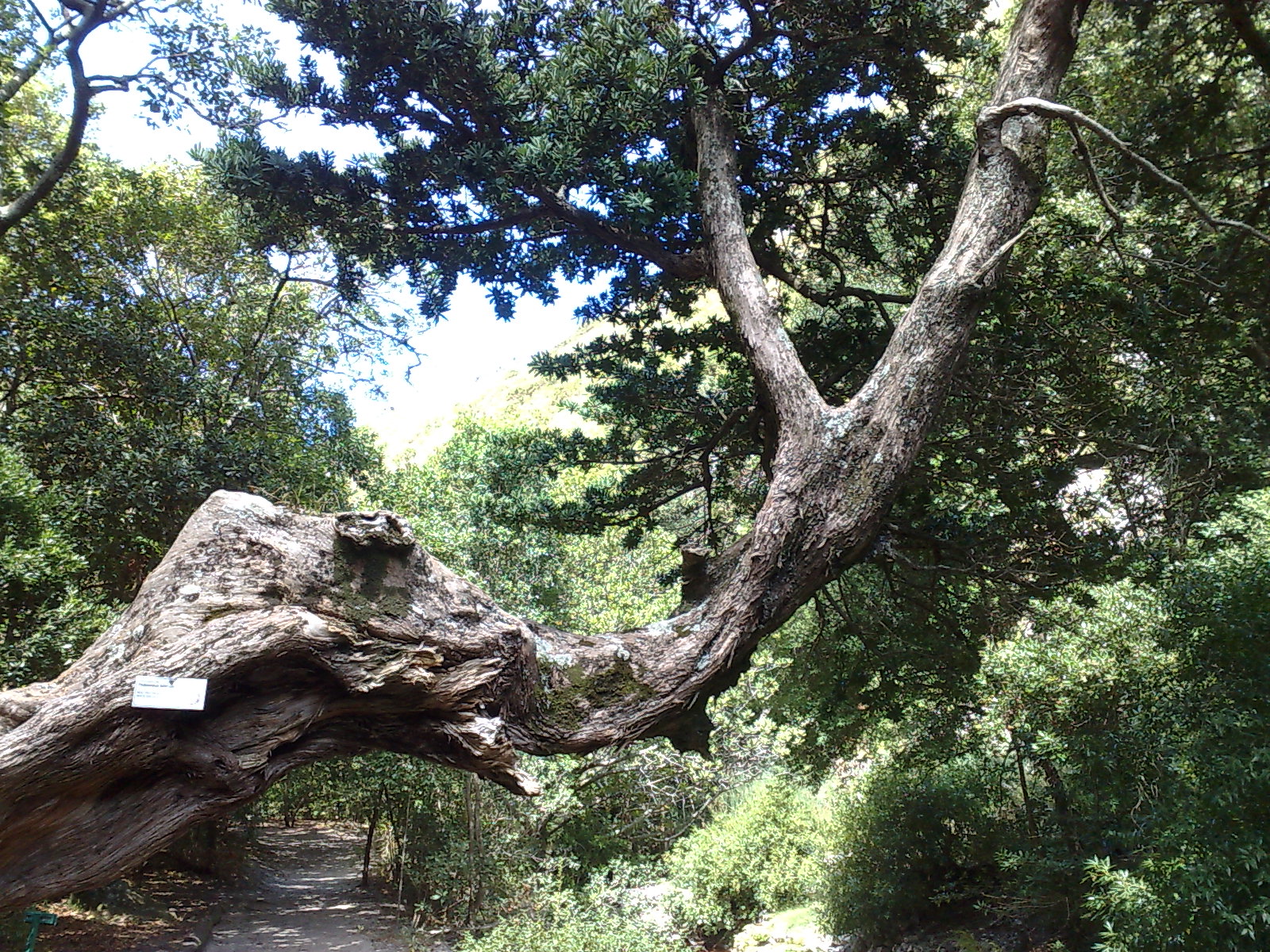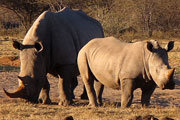3 Threatened Species with No Natural Predators
It's not so much a matter of "saving" the endangered and threatened species, more accurately it is about not continuing to drive them into extinction.
Just Another Rant about Endangered Species?
Hearing about threatened species is becoming the norm these days.
We're constantly being told about animals and birds that are in trouble or teetering on the brink of extinction, yet the lot of these creatures doesn't seem to be improving despite the increasing publicity.
All the cries for help just blend into a mass of white noise met with general apathy and chagrin. Disheartening news about disappearing species is now par for the course - it just keeps coming, but people still don't feel personally involved or accountable.
The barrage of urgent appeals for help is not going away, because this is a real problem that is getting worse instead of being addressed.
Here is another determined attempt to get the conservation message across, so that we people can at least start making a difference! The fact that the three animals featured have no natural predators, really highlights the fact that humans are the source of the problem and therefore it really is up to us!
Infographics are becoming a popular method of trying to reach the public, because they make the issues very clear, providing an overview and snippets of insight whilst using creative graphics to catch our fleeting attention spans.
Kudos to Roslyn Willson for sharing this informative and engaging infographic with us!
Boneyard: Three At-Risk Animal Species in Africa - The Infographic

Source: SuperScholar.org
"While around 18,000 new animal, insect or plant species are discovered yearly, other species are on the edge of extinction — including some that are newly discovered and others that have been around in some form for million of years. The African continent alone has more than four large mammals whose populations are, for the most part, declining at a worrisome pace. They include the gorilla, elephant, lion and rhino. The latter three are particularly in danger due to illegal poaching, with byproducts typically being exported for medicinal or other consumer use — part of a multi-billion dollar industry."
Read more here (scroll down to below the infographic for plenty of facts and information about endangered species and poaching).
What to do?
1. Support one project out of many, many legitimate and much-needed efforts to conserve wildlife - Niassa Carnivore Project in Mozambique.
2. Another well-established and credible wildlife trust worth supporting - the David Sheldrick Trust in Kenya. Visit the Trust on tours starting in Nairobi.
3. The next time an appeal for action or assistance with at-risk species comes your way... act on it!
Thanks to Roslyn Willson for sharing the infographic.
If you liked this post, these trips cover similar ground…
- 20 Day Southern African Safari Adventure - Northbound
- 22 Day Nairobi to Victoria Falls Africa Overland Tour (Lodge Safari)


 Landia is a nature and animal lover. This South African woman avoids crowds seeking out quiet places. She has worked in the African safari industry for over 16 years!
Landia is a nature and animal lover. This South African woman avoids crowds seeking out quiet places. She has worked in the African safari industry for over 16 years!
 Namibia is the 2012 winner of the Markhor Award, an International Conservation Award for Outstanding Conservation Performance. One more reason to visit the popular African safari destination of Namibia!
Namibia is the 2012 winner of the Markhor Award, an International Conservation Award for Outstanding Conservation Performance. One more reason to visit the popular African safari destination of Namibia!
 An Open Letter to the president of South Africa, Dr Jacob Zuma, and African National Congress, is calling for an end to all further logging of our national tree in South Africa, the Yellowwood. It's time to hede the message carried in this letter, On the State of South Africa’s Yellowwood Forests.
An Open Letter to the president of South Africa, Dr Jacob Zuma, and African National Congress, is calling for an end to all further logging of our national tree in South Africa, the Yellowwood. It's time to hede the message carried in this letter, On the State of South Africa’s Yellowwood Forests.



